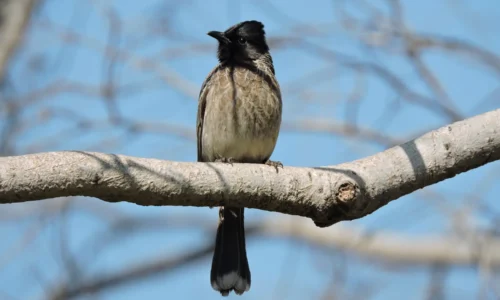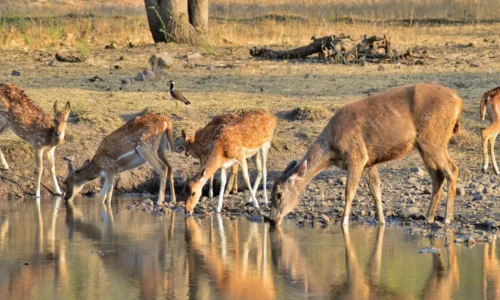Ranthambore is known for its abundance of tiger population. Due to poaching and other factors, the tiger population in Ranthambore has decreased during the past few years.
Illegal logging and fatal human-tiger encounters became increasingly frequent as park tourists and the population of nearby communities expanded. In 1973, the Indian government launched Project Tiger and designated a 60 mi2 region of the park as a tiger sanctuary. Later, this region grew to become the Ranthambore National Park that exists today. You can stay at our Ranthambhore Regency, a gorgeous family-run hotel situated just ten minutes away from India’s most fascinating National Park – known as the Land of Indian Wildlife.
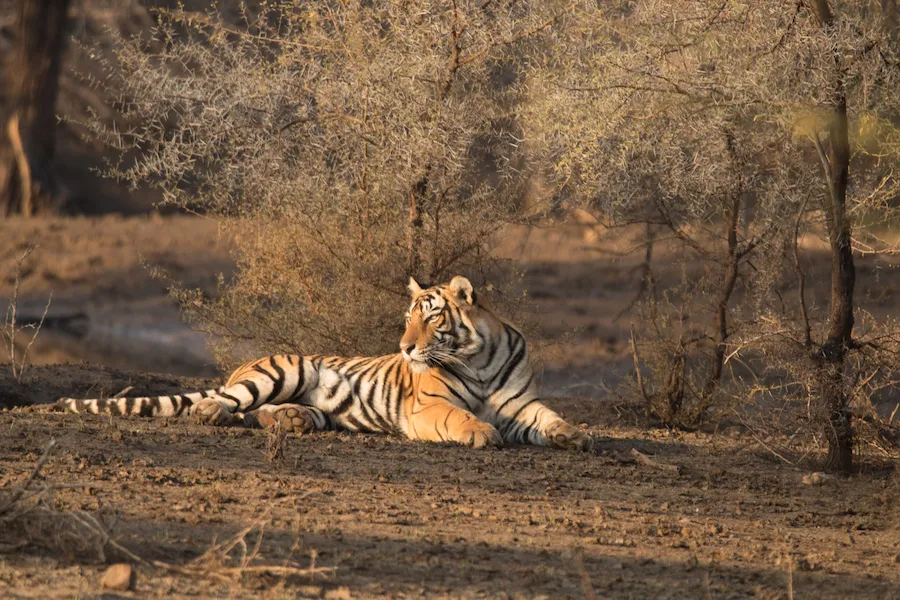
In the park in 2005, there were 26 tigers. This was much less than the reserve’s 44-tiger documented population from 1982. There were more than 14 cubs and 34 adult tigers in the Ranthambore National Park in 2008, according to non-government sources. This rise was mostly owed to the persistent efforts of forest officials to stop poaching. Incentives were provided to the local villagers to avoid entering the park, and security cameras were installed all over the reserve. For these initiatives, the Indian government allocated US$153 million. Ranthambhore qualified for the Sariska Tiger Reserve translocation programme as a result of their accomplishment.
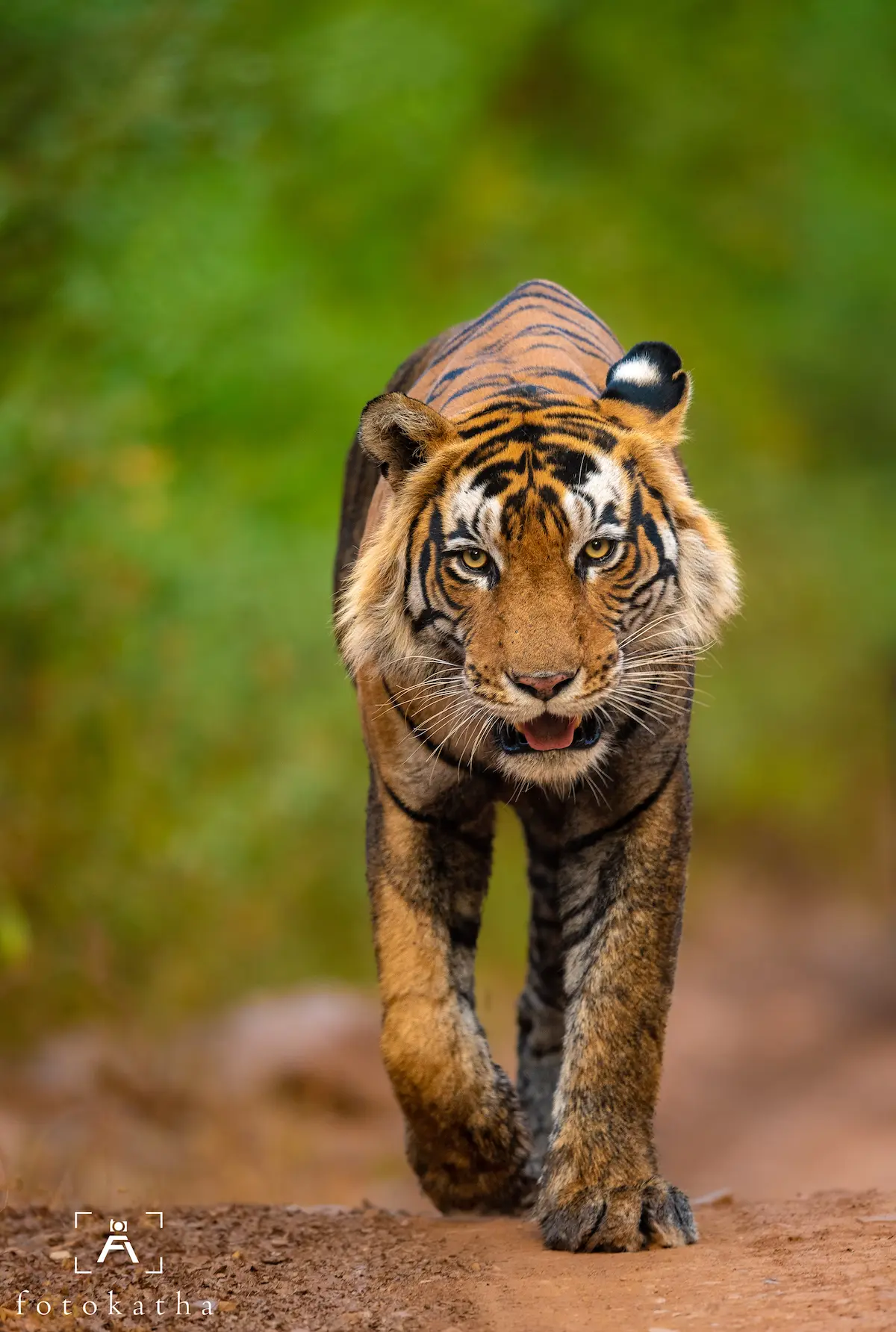
On June 28, 2008, Wing Commander Vimal Raj successfully transported the first aerially relocated male tiger (Dara) from Ranthambore to Sariska. He did this using a Mi-17 helicopter. On November 15, 2010, this relocated tiger passed away from poisoning. Due to poaching, a juvenile tigress known as “The Lady of the Lakes” was separated from her parents. The young tigress was given the name Machli in honour of the fish-like marking on her body. Three female cubs, including one known as “Machli – The Junior,” were born to her. According to forest officer Fateh Singh Rathore, the father of Machli Jr. passed at a very young age from an unidentified illness. Machli Jr. gave birth to two cubs, Slant Ear and Broken Tail, after mating with the male tiger Bumburam. It’s thought that Baccha is her grandchild. The unexpected disappearance of Machli has forest officials worried since, at her advanced age, hunting is challenging. Machli was discovered and found by forest officials after 26 days. The oldest tigress in existence at the age of 20, Machli Sr. passed away in August 2016. She was the oldest tigress in the world, as well as the one who was photographed the most. She was responsible for significantly increasing the number of visitors to Ranthambore National Park from all over the world. The reigning tigress of Ranthambore is T19 (Krishna or Unis), the daughter of Machli. She gave birth to four pups in 2014, three of which survived and are now known as T-84, T-83, and T-85. The kids were fathered by Star or Zalim (she was spotted mating with both of them). She established a record for the longest-living tigress in a wild environment.
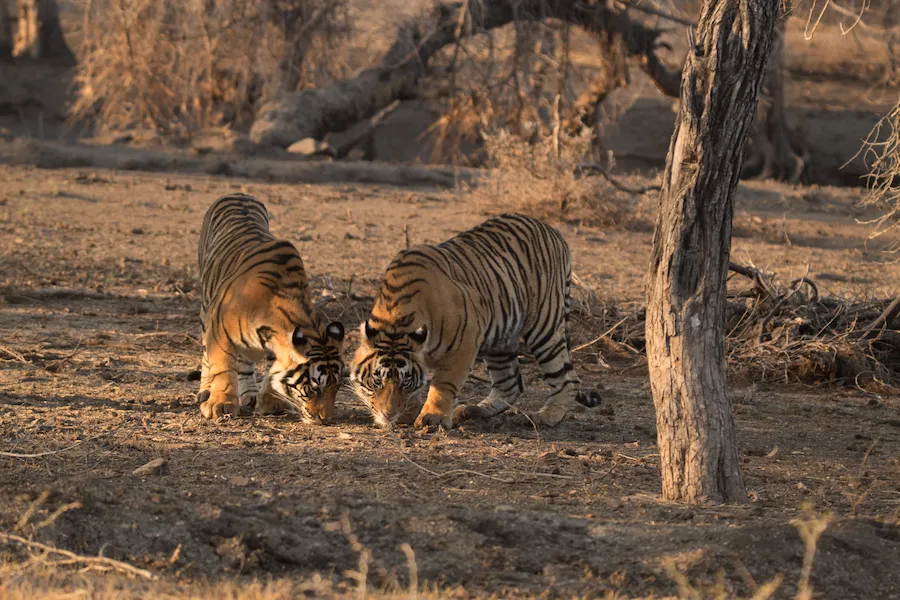
Tigress T39, commonly referred to as Mala or Noor, is another well-known tigress from Ranthambore. Her name derives from the body stripes that resemble beautiful beads. She was fathered by T-12 and born to the tigress T-13. She was spotted in November 2016 with her fourth litter, which included two cubs. Noor, who is nine years old, has a son named T72, or Sultan, who is roughly six years old and is from her first litter. A movie about Broken Tail’s life gained him widespread attention. He departed the park’s boundaries and made his way from Ranthambore to Darra, where he was struck and killed by a train as he crossed the tracks. His final journey is featured in the documentary Broken Tail, which has been broadcast on numerous TV networks all over the world. Another well-known tiger in Ranthambore is T-25, also known as the Dollar male or Zalim. He caused a stir when he fathered two female cubs after their mother passed away from disease. These two cubs, now known as Bina 1 and Bina 2, were moved to Sariska National Park in November 2012 when they were two years old. In Ranthambore National Park, there were 62 tigers as of the 2014 tiger census. In 2013 there were 48 tigers, compared to 25 in 2005.


